💯 博客内容:【LeetCode训练营】用栈来实现队列+用队列来实现栈 详解
😀 作 者:陈大大陈
🚀 个人简介:一个正在努力学技术的准前端,专注基础和实战分享 ,欢迎私信!
💖 欢迎大家:这里是CSDN,我总结知识和写笔记的地方,喜欢的话请三连,有问题请私信 😘 😘 😘
目录
用栈实现队列
思路分享
源码
用队列实现栈
思路分享
源码
后记
用栈实现队列
232. 用栈实现队列
请你仅使用两个栈实现先入先出队列。队列应当支持一般队列支持的所有操作(push、pop、peek、empty):
实现 MyQueue 类:
void push(int x)将元素 x 推到队列的末尾int pop()从队列的开头移除并返回元素int peek()返回队列开头的元素boolean empty()如果队列为空,返回true;否则,返回false
说明:
- 你 只能 使用标准的栈操作 —— 也就是只有
push to top,peek/pop from top,size, 和is empty操作是合法的。 - 你所使用的语言也许不支持栈。你可以使用 list 或者 deque(双端队列)来模拟一个栈,只要是标准的栈操作即可。
示例 1:
输入: ["MyQueue", "push", "push", "peek", "pop", "empty"] [[], [1], [2], [], [], []] 输出: [null, null, null, 1, 1, false] 解释: MyQueue myQueue = new MyQueue(); myQueue.push(1); // queue is: [1] myQueue.push(2); // queue is: [1, 2] (leftmost is front of the queue) myQueue.peek(); // return 1 myQueue.pop(); // return 1, queue is [2] myQueue.empty(); // return false
提示:
1 <= x <= 9- 最多调用
100次push、pop、peek和empty - 假设所有操作都是有效的 (例如,一个空的队列不会调用
pop或者peek操作)
进阶:
- 你能否实现每个操作均摊时间复杂度为
O(1)的队列?换句话说,执行n个操作的总时间复杂度为O(n),即使其中一个操作可能花费较长时间。
思路分享
栈是先进后出的,但是队列是先进先出。
用栈实现队列,就是在俩个栈之间不断倒元素来实现队列的先进先出。
我们先用一个栈来存入元素(这时最先进入的元素在栈底),然后再将第一个栈中的元素移动到新栈中,此时最先进入的元素就在栈顶了。
之后我们再用第二个栈出栈时,整个执行的顺序就变成了先进先出。
定义一个Pushst专门用来入栈,一个Popst专门用来出栈。
需要注意的是,每次栈Popst出栈时都要把所有的元素都出完之后,才能从Pushst中追加新数据,当Popst的数据没有全部出栈完成时,不能将Pushst的元素入栈到Popst,这样会导致元素的执行顺序混乱。
源码
#include<stdlib.h>
#include<assert.h>
#include<stdio.h>
#include<stdbool.h>
typedef int STDataType;
typedef struct Stack
{
STDataType* a;
int top;
int capacity;
}ST;
void STInit(ST* pst);
void STPush(ST* pst, STDataType x);
void STPop(ST* pst);
void STDestroy(ST* pst);
STDataType STTop(ST* pst);
bool STEmpty(ST* pst);
void STInit(ST* pst)
{
assert(pst);
pst->a = NULL;
pst->top = 0;//top指向栈顶数据的下一个位置
//pst->top=-1;top指向栈顶数据
pst->capacity = 0;
}
void STDestroy(ST* pst)
{
assert(pst);
free(pst->a);
pst->a = NULL;
pst->top = 0;
pst->capacity = 0;
}
bool STEmpty(ST* pst)
{
return pst->top == 0;
}
void STPush(ST* pst, STDataType x)
{
if (pst->capacity == pst->top)
{
int newcapacity = pst->capacity == 0 ? 4 : pst->capacity * 2;
STDataType* tmp = (STDataType*)realloc(pst->a, sizeof(STDataType) * newcapacity);
pst->a = tmp;
pst->capacity = newcapacity;
}
pst->a[pst->top] = x;
pst->top++;
}
void STPop(ST* pst)
{
assert(pst);
assert(!STEmpty(pst));
pst->top--;
}
STDataType STTop(ST* pst)
{
assert(pst);
assert(!STEmpty(pst));
return pst->a[pst->top - 1];
}
int STSize(ST* pst)
{
assert(pst);
assert(!(STEmpty(pst)));
return pst->top;
}
typedef struct {
ST Pushst;
ST Popst;
} MyQueue;
MyQueue* myQueueCreate() {
MyQueue * obj=(MyQueue*)malloc(sizeof(MyQueue));
if(obj==NULL)
{
perror("malloc fail");
return NULL;
}
STInit(&obj->Pushst);
STInit(&obj->Popst);
return obj;
}
bool myQueueEmpty(MyQueue* obj) {
return STEmpty(&obj->Popst)&&STEmpty(&obj->Pushst);
}
void myQueuePush(MyQueue* obj, int x) {
assert(&obj);
STPush(&obj->Pushst,x);
}
int myQueuePop(MyQueue* obj) {
int front=myQueuePeek(obj);
STPop(&obj->Popst);
return front;
}
int myQueuePeek(MyQueue* obj) {
if(STEmpty(&obj->Popst))
{
while(!STEmpty(&obj->Pushst))
{
STPush(&obj->Popst,STTop(&obj->Pushst));
STPop(&obj->Pushst);
}
}
return STTop(&obj->Popst);
}
void myQueueFree(MyQueue* obj) {
STDestroy(&obj->Pushst);
STDestroy(&obj->Popst);
free(obj);
}
/**
* Your MyQueue struct will be instantiated and called as such:
* MyQueue* obj = myQueueCreate();
* myQueuePush(obj, x);
* int param_2 = myQueuePop(obj);
* int param_3 = myQueuePeek(obj);
* bool param_4 = myQueueEmpty(obj);
* myQueueFree(obj);
*/用队列实现栈
思路分享
队列是先进先出,栈是先进后出。
先进先出的特性决定了当一个队列向另一个队列倒元素时,被导入的元素顺序不变。
原先的队列是什么样子,被导入的另一个队列就是什么样子。
那么,删除元素的思路就很明显了,将队列1中的数据挨个导入队列2,直到队列1剩下最后一个元素。
我们知道,这个元素实际上是队尾元素,而对应到栈就是栈顶元素。
我们将其删除,就模拟实现了出栈操作。
入栈操作就更为简单,进入不为空的那个队列,不然会影响数据的排列顺序。
源码
typedef int QDataType;
typedef struct QueueNode
{
struct QueueNode* next;
QDataType data;
}Node;
typedef struct Queue
{
Node* phead;
Node* ptail;
int size;
}Queue;
bool QueueEmpty(Queue* pq)
{
assert(pq);
//return pq->phead == NULL && pq->ptail == NULL;
return pq->size==0;
}
void QueueInit(Queue* pq)
{
assert(pq);
pq->phead = NULL;
pq->ptail = NULL;
pq->size = 0;
}
void QueueDestroy(Queue* pq)
{
assert(pq);
Node* cur = pq->phead;
while (cur!=NULL)
{
Node* next = cur->next;
free(cur);
cur = next;
}
pq->phead = pq->ptail = NULL;
pq->size = 0;
}
void QueuePush(Queue* pq, QDataType x)
{
assert(pq);
Node* newnode = (Node*)malloc(sizeof(Node));
if (newnode == NULL)
{
perror("malloc fail\n");
return;
}
newnode->data = x;
newnode->next = NULL;
if (pq->ptail == NULL)
{
assert(pq->phead==NULL);
pq->phead = pq->ptail = newnode;
}
else
{
pq->ptail->next = newnode;
pq->ptail = newnode;
}
pq->size++;
}
void QueuePop(Queue* pq)
{
assert(pq);
assert(!QueueEmpty(pq));//也可以直接用phead
if (pq->phead->next==NULL)
{
free(pq->phead);
pq->phead = pq->ptail = NULL;
}
else
{
Node* next = pq->phead->next;
free(pq->phead);
pq->phead = next;
}
pq->size--;
}
QDataType QueueFront(Queue* pq)
{
assert(pq);
assert(!QueueEmpty(pq));
return pq->phead->data;
}
QDataType QueueBack(Queue* pq)
{
assert(pq);
assert(!QueueEmpty(pq));
return pq->ptail->data;
}
int QueueSize(Queue* pq)
{
assert(pq);
return pq->size;
}
typedef struct {
Queue q1;
Queue q2;
} MyStack;
MyStack* myStackCreate() {
MyStack *obj=(MyStack*)malloc(sizeof(MyStack));
QueueInit(&obj->q1);
QueueInit(&obj->q2);
return obj;
}
void myStackPush(MyStack* obj, int x) {
if(!QueueEmpty(&obj->q1))
{
QueuePush(&obj->q1,x);
}
else
{
QueuePush(&obj->q2,x);
}
}
int myStackPop(MyStack* obj) {
Node*pEmptyQ=&obj->q1;
Node*pNonEmptyQ=&obj->q2;
if(!QueueEmpty(&obj->q1))
{
pEmptyQ=&obj->q2;
pNonEmptyQ=&obj->q1;
}
while(QueueSize(pNonEmptyQ)>1)
{
QueuePush(pEmptyQ,QueueFront(pNonEmptyQ));
QueuePop(pNonEmptyQ);
}
int top=QueueFront(pNonEmptyQ);
QueuePop(pNonEmptyQ);
return top;
}
int myStackTop(MyStack* obj) {
if(!QueueEmpty(&obj->q1))
{
return QueueBack(&obj->q1);
}
else{
return QueueBack(&obj->q2);
}
}
bool myStackEmpty(MyStack* obj) {
return QueueEmpty(&obj->q1)&&QueueEmpty(&obj->q2);
}
void myStackFree(MyStack* obj) {
QueueDestroy(&obj->q1);
QueueDestroy(&obj->q2);
free(obj);
}
/**
* Your MyStack struct will be instantiated and called as such:
* MyStack* obj = myStackCreate();
* myStackPush(obj, x);
* int param_2 = myStackPop(obj);
* int param_3 = myStackTop(obj);
* bool param_4 = myStackEmpty(obj);
* myStackFree(obj);
*/后记
哎,成为大牛任重而道远,小僧仍需继续努力。。。
各位施主共勉。。。








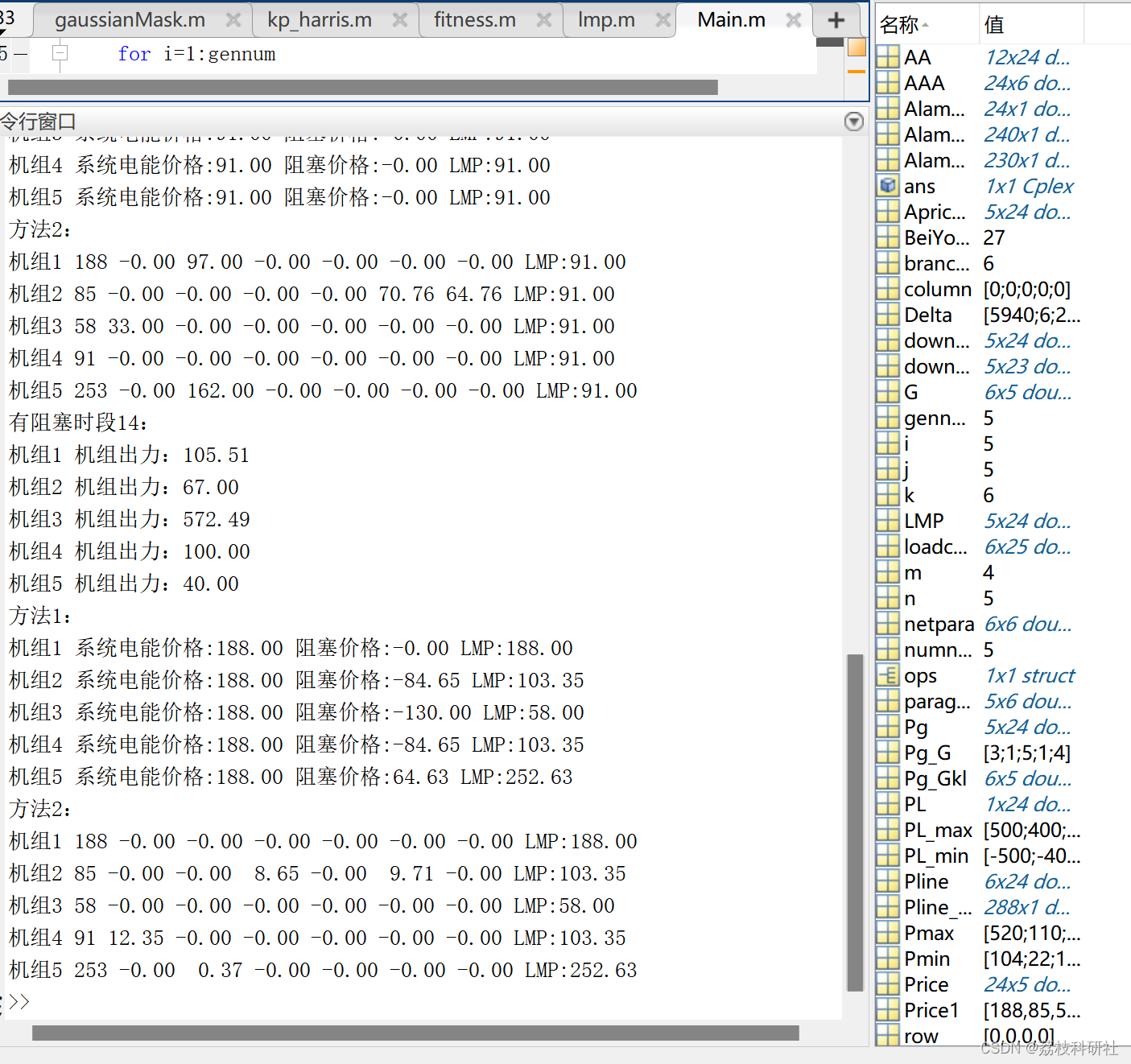

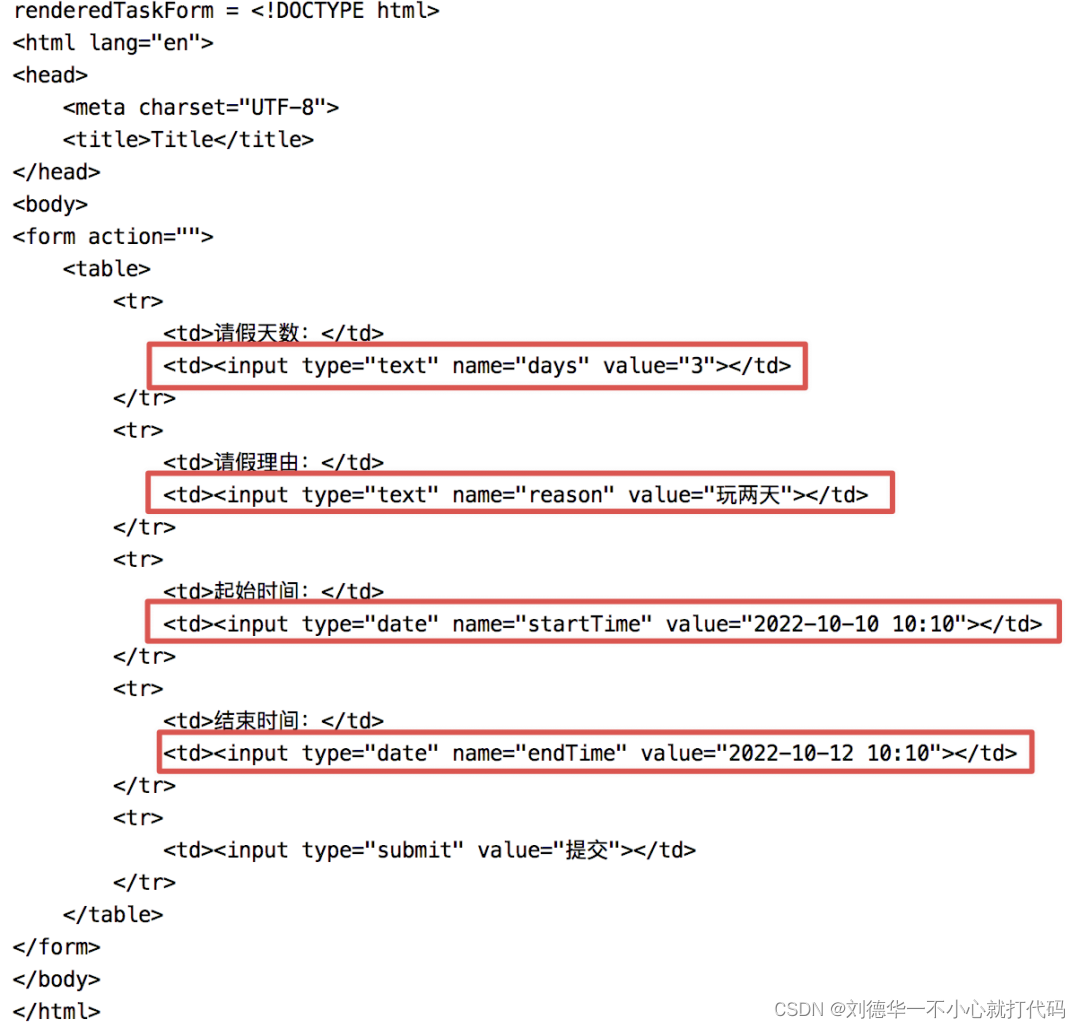


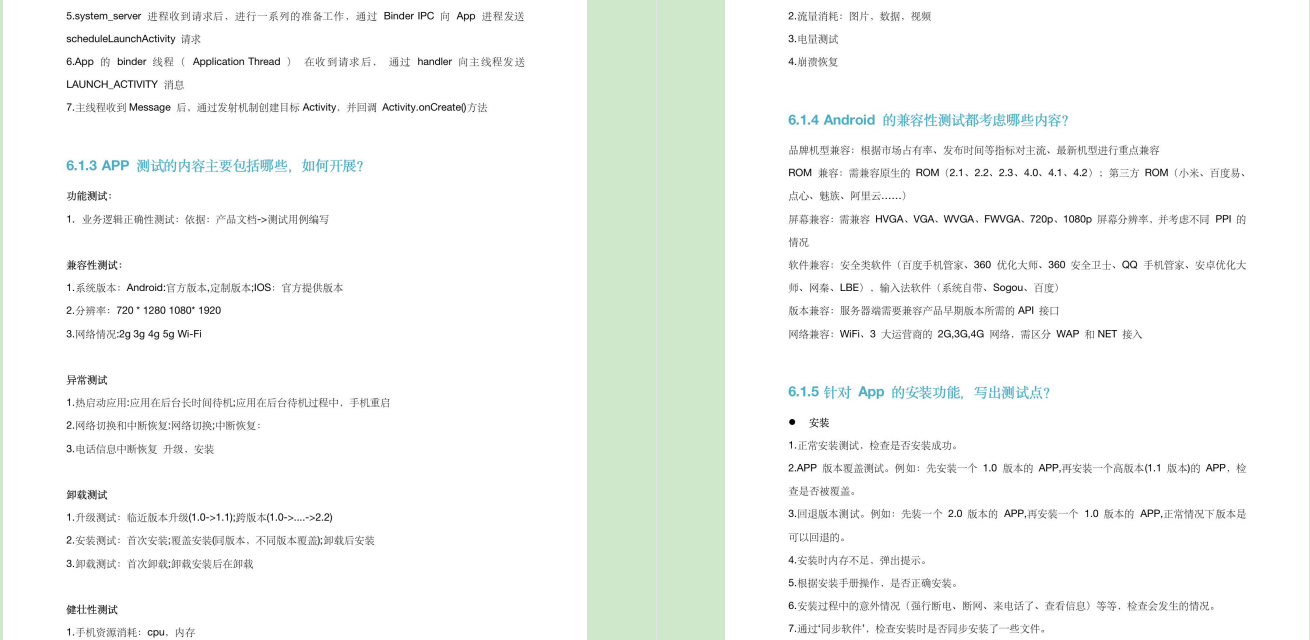
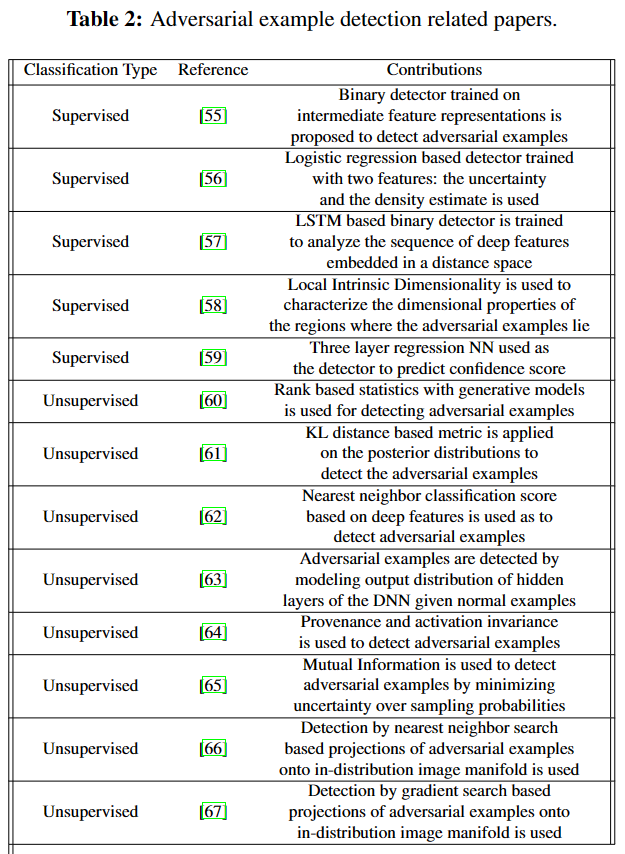
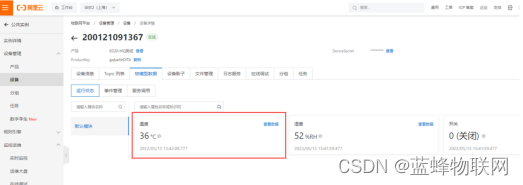



![[日记]LeetCode算法·二十六——二叉树⑥ 红黑树(插入与删除,附图)](https://img-blog.csdnimg.cn/7a876db3e3cd4057b3dd919d39a80be0.jpeg#pic_center)
